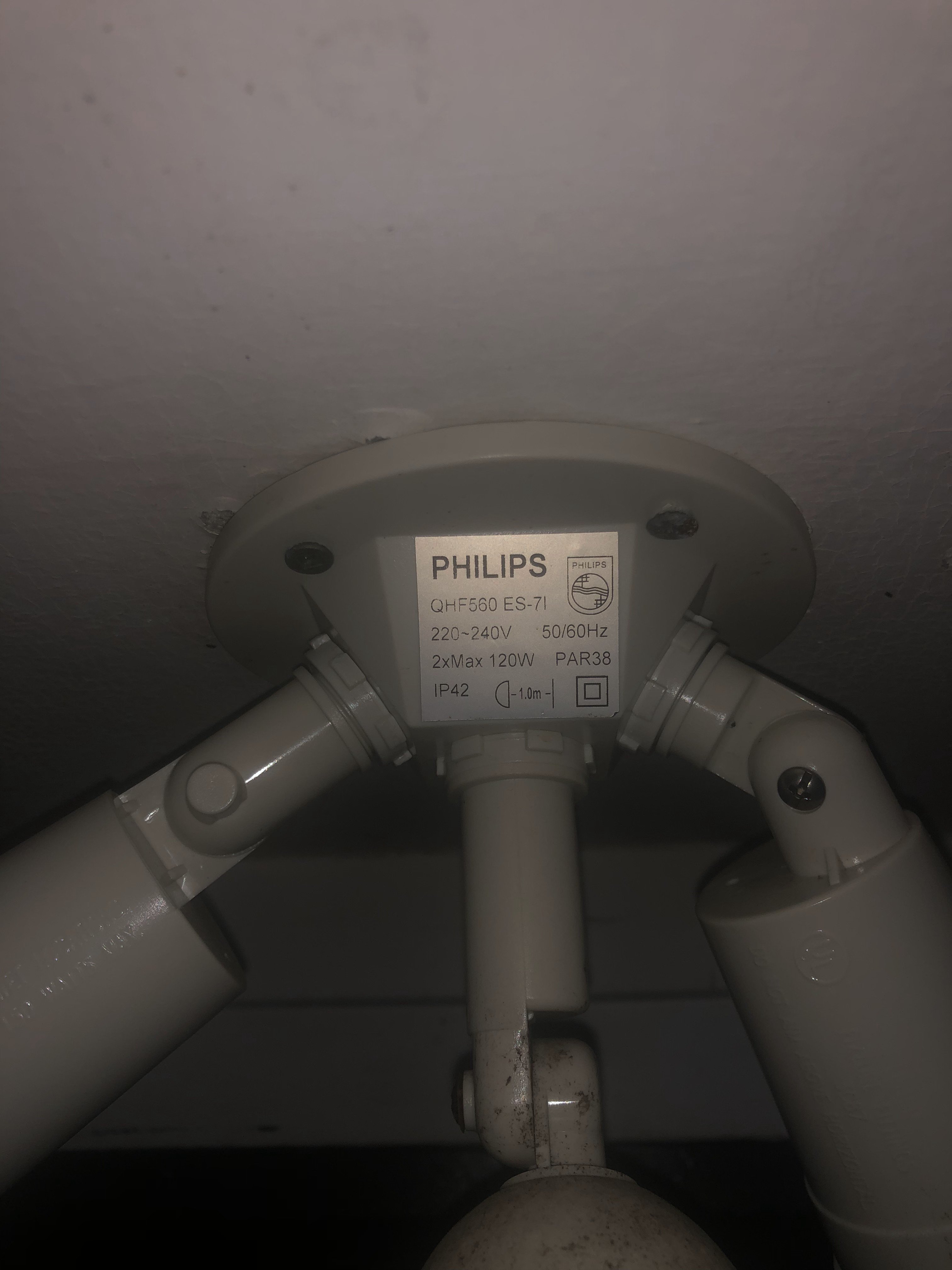I was hoping that someone could help me.
I'm missing a small metal thing (see photo) of the inside of the fitting. On one of the photos you can see it. On the other one, it's missing.
Without it, I can't screw the lightbulb in.
I've been to Bunnings, Mitre 10 and JA Russell. None of them can assist.
The actual model of the outdoor lamp is: http://thelightbulbshop.co.nz/fittings/incandescent-fittings/qhf560-twin-floodflight-sensor/#.XWT_fJMzaps
I could obviously buy a new one, but then I'll need an electrician to install it as well.
Any help is much appreciated.






